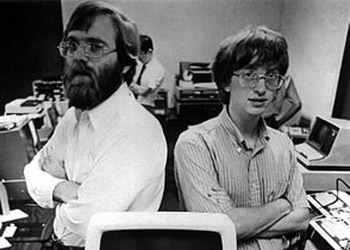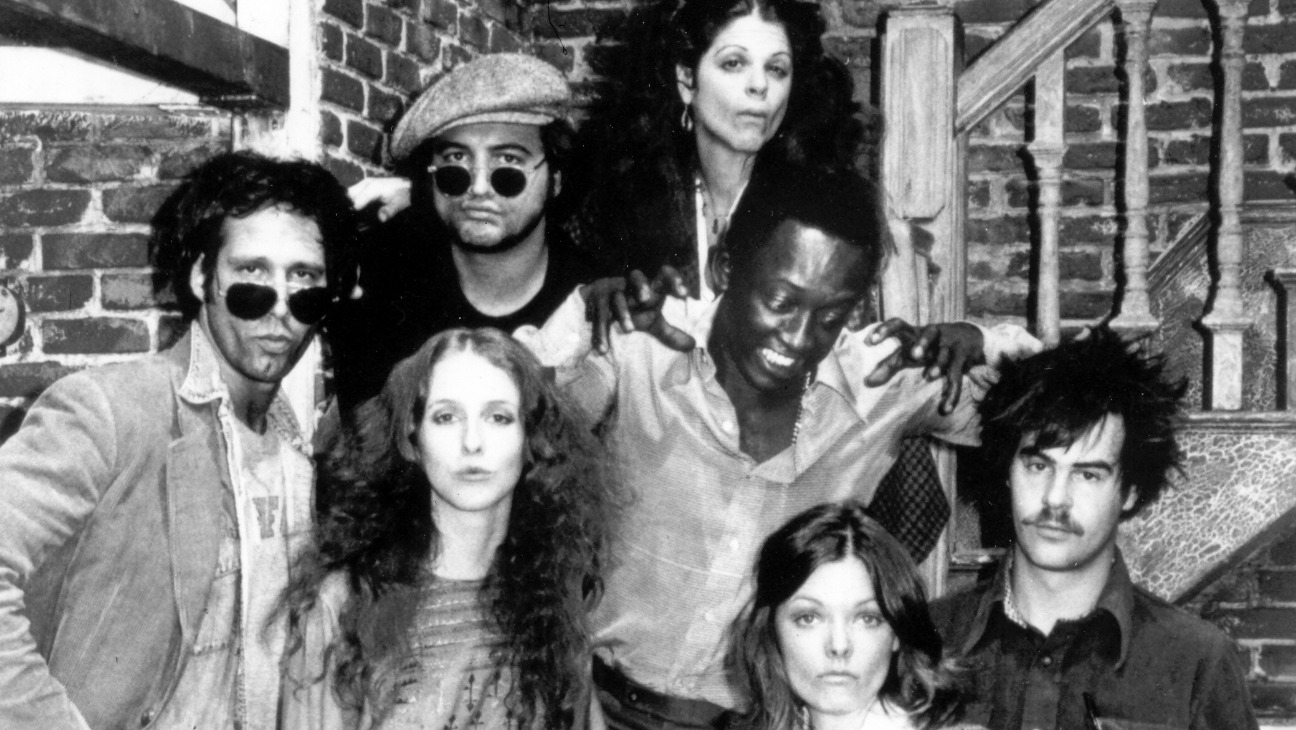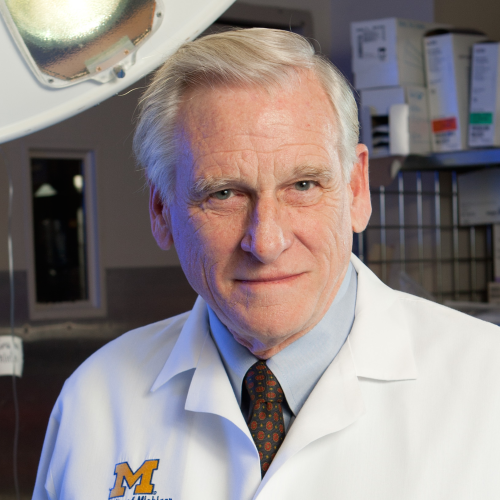ARTICLE SUMMARY:
ECMO, often called the highest form of life support, had its first successful use in 1975 on newborns with severe respiratory distress. The life-sustaining, temporary replacement for the function of the lungs and/or heart is now receiving attention with its use in treating some seriously ill COVID-19 patients.
Forty-five years ago, in 1975, Bill Gates and Paul Allen founded Microsoft Corp. in Albuquerque, New Mexico. The company rose to dominate the personal computer operating system market with MS-DOS in the mid-1980s, followed by Microsoft Windows. The Vietnam War concluded as Communist forces from North Vietnam took Saigon, resulting in a mass evacuation of the remaining American troops and South Vietnam civilians. As the capital was taken, South Vietnam surrendered unconditionally. Also in 1975, the movie Jaws was released in theaters, becoming a popular summer hit and
computer operating system market with MS-DOS in the mid-1980s, followed by Microsoft Windows. The Vietnam War concluded as Communist forces from North Vietnam took Saigon, resulting in a mass evacuation of the remaining American troops and South Vietnam civilians. As the capital was taken, South Vietnam surrendered unconditionally. Also in 1975, the movie Jaws was released in theaters, becoming a popular summer hit and  setting the standard for Hollywood blockbusters for years to come, and NBC aired the first episode of Saturday Night Live, with comedian George Carlin as the first host.
setting the standard for Hollywood blockbusters for years to come, and NBC aired the first episode of Saturday Night Live, with comedian George Carlin as the first host.
A landmark achievement took place in medicine in 1975: the invention of the most aggressive form of life support. After years of animal research, American surgeon Robert Bartlett, MD, and his colleagues at Boston Children’s Hospital pushed the boundaries of what was possible at the time, and introduced a modified heart-lung machine and a procedure they called ECMO, or extracorporeal membrane oxygenation. Bartlett and his team successfully treated the first patient, an infant girl the nurses named Esperanza, meaning “Hope,” with ECMO. In an ECMO procedure, blood is pumped out of the body, passed through an artificial lung that includes a membrane filter that removes carbon dioxide and adds oxygen, and then blood is returned back to the patient via a pump with the same force as the heart, replacing its function.
carbon dioxide and adds oxygen, and then blood is returned back to the patient via a pump with the same force as the heart, replacing its function.
ECMO, although a challenging procedure that increases a patient’s risk for clotting and bleeding, can keep a person alive for days, weeks, or months. Prior to Bartlett’s invention, the use of cardiopulmonary bypass—a technique that temporarily takes over the function of the heart and lungs during surgery—was limited to a few hours, as direct exposure of blood to oxygen for prolonged intervals was lethal. This observation led to the development of gas-permeable membranes that were interposed between the blood and the gas. In 1969, Bartlett published an account of a membrane oxygenator that allowed partial bypass in animals for up to four days. The following year he described a simple, reliable membrane oxygenator for organ perfusion. Due to Bartlett’s vision, creativity, and perseverance in perfecting ECMO, many varieties of neonatal lung failure around the world have been converted from a 90% mortality to a 90% survival rate.
Early clinical trials on the use of ECMO in adults were discouraging. But in 2009, the CESAR trial in the United Kingdom showed positive results for ECMO in adults with severe respiratory failure. After this, it became the standard of care for adults with life-threatening acute heart, lung, and kidney failure caused by conditions such as severe lung damage due to infection, and shock after a massive heart attack.
Today, the lifesaving technology is being used in some COVID-19 patients experiencing acute respiratory failure and/or acute cardiopulmonary failure. The Extracorporeal Life Support Organization, an international nonprofit consortium of healthcare institutions that evaluates therapies to support failing organ systems, has been tracking patients with severe cases of COVID-19. So far, at least 1,155 people who tested positive for the novel coronavirus or are suspected of having the virus have been placed on an ECMO machine in hospitals worldwide. Of the 1,141 with confirmed COVID-19, 53% have been discharged alive to date (267 out of 502), according to the organization.
In April, the FDA issued guidance to help expand the availability of equipment used for ECMO therapy for COVID-19 patients. The agency says long-term extracorporeal oxygenation “can be an important tool for treating patients” and the FDA “recognizes the importance and utility of increased availability of extracorporeal oxygenation devices for patients during the COVID-19 public health emergency.” A drawback is that ECMO is not nearly as available as ventilators are, and the therapy is far more labor-intensive to manage than ventilators. Still, the World Health Organization has suggested that medical centers capable of providing ECMO should consider it in COVID-19 patients with very low oxygen levels despite other treatments, according to a viewpoint published recently in the Journal of the American Medical Association.
#ECMO #pediatric #extracorporealmembraneoxygenation #COVID19 #coronavirus #intensivecare #ICU #lifesupport #RobertBartlett #BostonChildrensHospital #heartlungmachine #CESARtrial #heart #lung #kidney #FDA #artificiallung #CPB #cardiopulmonarybypass #ExtracorporealLifeSupportOrganization #ELSO #VietnamWar #BillGates #PaulAllen #Microsoft #MSDOS #Jaws #SNL #SaturdayNightLive #GeorgeCarlin #WorldHealthOrganization #WHO #JAMA
![]() Trial MyStrategist.com and unlock 7-days of exclusive subscriber-only access to the medical device industry's most trusted strategic publications: MedTech Strategist & Market Pathways. For more information on our demographics and current readership click here.
Trial MyStrategist.com and unlock 7-days of exclusive subscriber-only access to the medical device industry's most trusted strategic publications: MedTech Strategist & Market Pathways. For more information on our demographics and current readership click here.
